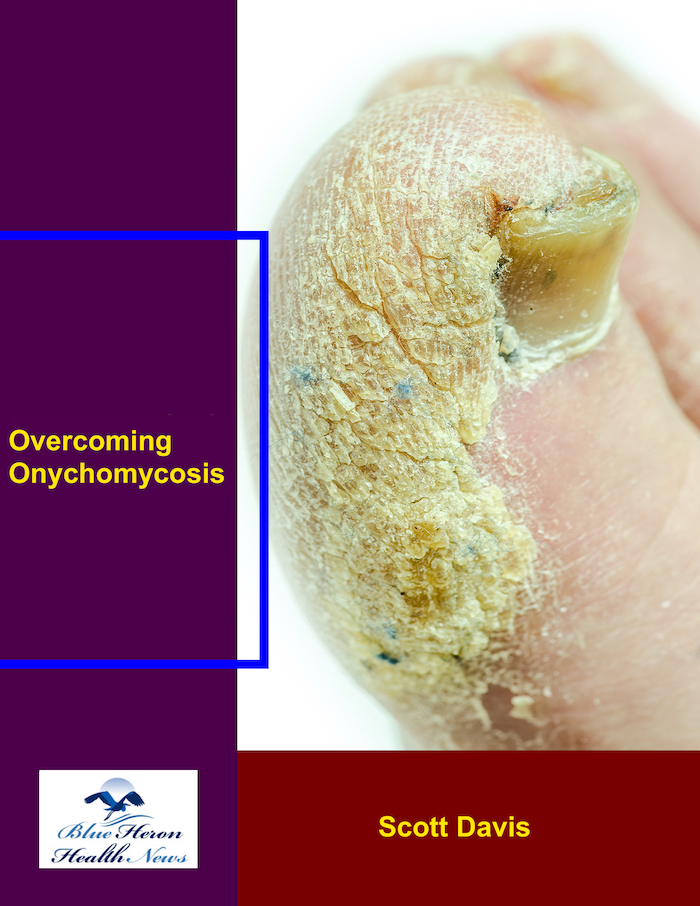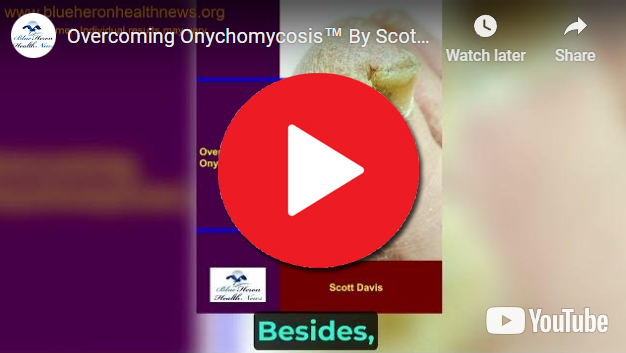
Overcoming Onychomycosis™ By Scott Davis If you want a natural and proven solution for onychomycosis, you should not look beyond Overcoming Onychomycosis. It is easy to follow and safe as well. You will not have to take drugs and chemicals. Yes, you will have to choose healthy foods to treat your nail fungus. You can notice the difference within a few days. Gradually, your nails will look and feel different. Also, you will not experience the same condition again!
What is the relationship between athlete’s foot and onychomycosis?
Athlete’s foot (tinea pedis) and onychomycosis are both fungal infections and are closely linked to one another because they are typically caused by the same type of fungi, most often dermatophytes. The relationship between the two is the potential for one to cause or exacerbate the other. The following is how they relate:
Same Fungal Pathogens: Both athlete’s foot and onychomycosis are normally caused by fungi of the Trichophyton species, but other fungi may also be implicated. The fungi like warm, moist areas, so the feet (especially between the toes) are ideal sites for infection.
Transmission from Athlete’s Foot to Nails: Athlete’s foot can spread to the toenails and result in onychomycosis. If the feet’s skin is infected, the fungi are able to spread through cracks in the skin or infect the nails directly. This often happens when the fungal foot infection is not treated soon enough or well enough.
Risk Factors: Both infections share the same risk factors, which are:
Warm, damp places (e.g., swimming pools, public showers)
Tight footwear that doesn’t let moisture out
Poor foot hygiene or not keeping feet dry
A weakened immune system
Having diabetes, which makes it harder for infections to be fought off
Symptoms Overlap: Athlete’s foot typically causes itching, burning, and peeling between the toes or on the soles of the feet. When the fungus infects the nails, onychomycosis causes thickened, discolored nails, which can also become brittle or even crumble. The infection can also cause pain or an unpleasant odor.
Treatment Overlap: Both athlete’s foot and onychomycosis can be treated with antifungal medications, but onychomycosis usually requires a more extreme version of treatment, such as oral antifungals, as it might be harder to treat with topical treatments alone. Athlete’s foot can be treated with antifungal topical creams, powders, or sprays.
Effectively, athlete’s foot is a precursor to onychomycosis when the fungal infection is not dealt with, demonstrating the importance of early intervention and good foot hygiene.
Untreated onychomycosis (fungal infection of the nails) can lead to a variety of long-term health effects, including:
Damage and Deformity of the Nails:
The fungal infection can cause the nails to become thickened, discolored, brittle, or deformed.
Ultimately, the nail may separate from the nail bed, a condition referred to as onycholysis.
Trauma can cause permanent nail loss or deformity.
Spread of Infection:
The fungus may infect other nails, skin, or even extend to the feet, resulting in more extensive infections.
It may also, in some cases, extend to other areas of the body, especially in individuals with weak immune systems.
Pain and Discomfort:
With progression of the infection, the infected nails may be painful, especially with pressure (e.g., shoe-wearing or walking).
Pain may interfere with normal function and mobility.
Secondary Bacterial Infections:
The compromised nail and surrounding skin may be more vulnerable to bacterial infections.
The infections may lead to further complications, such as cellulitis (skin infection) or abscess.
Increased Risk in Diabetic Patients:
In diabetics, onychomycosis can result in an increased risk of developing complications like foot ulcers and infections, which can be more problematic to treat.
Fungal infections can also make it challenging for diabetics to recognize other kinds of foot issues due to the reduced sensation in their feet.
Psychological Effect:
Visible nail infections can lead to body image or self-esteem issues, especially if the infection is on the toes or hands.
People can become self-conscious or embarrassed about their appearance, and social interactions and confidence can be affected.
Chronic Infections:
If left untreated, onychomycosis can become chronic and difficult to treat, with more severe and longer treatments being required to manage the infection.
Early treatment of onychomycosis can prevent these complications and reduce the risk of long-term damage.

Overcoming Onychomycosis™ By Scott Davis If you want a natural and proven solution for onychomycosis, you should not look beyond Overcoming Onychomycosis. It is easy to follow and safe as well. You will not have to take drugs and chemicals. Yes, you will have to choose healthy foods to treat your nail fungus. You can notice the difference within a few days. Gradually, your nails will look and feel different. Also, you will not experience the same condition again!